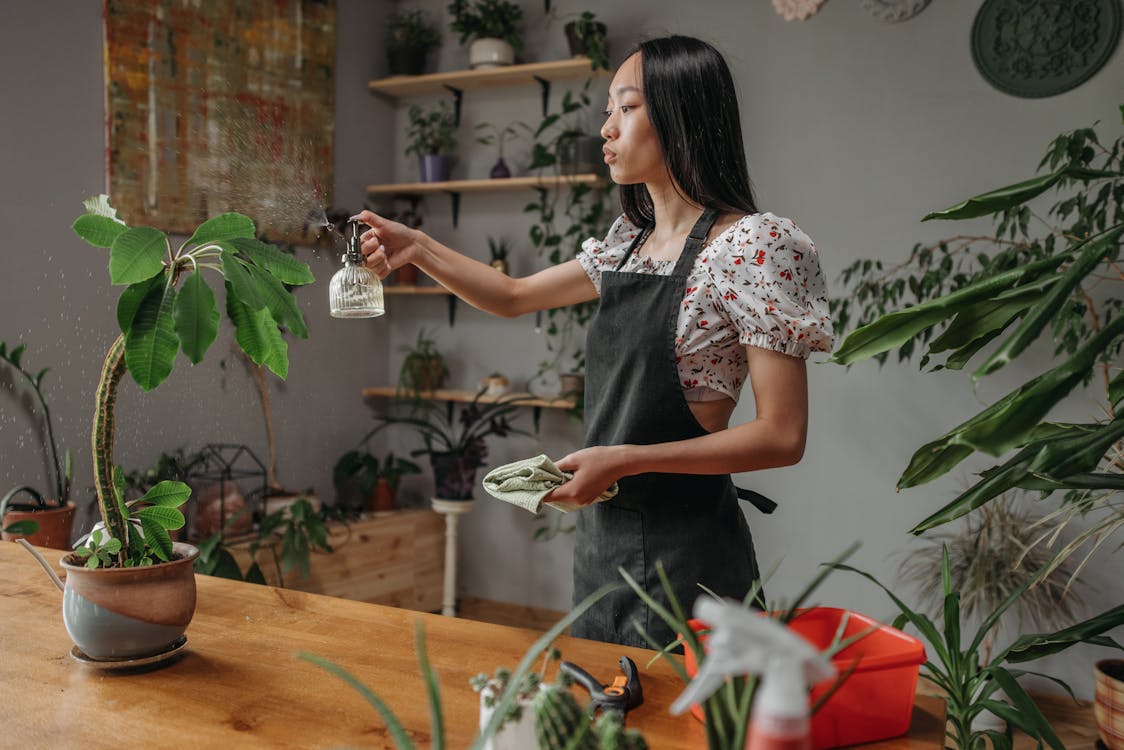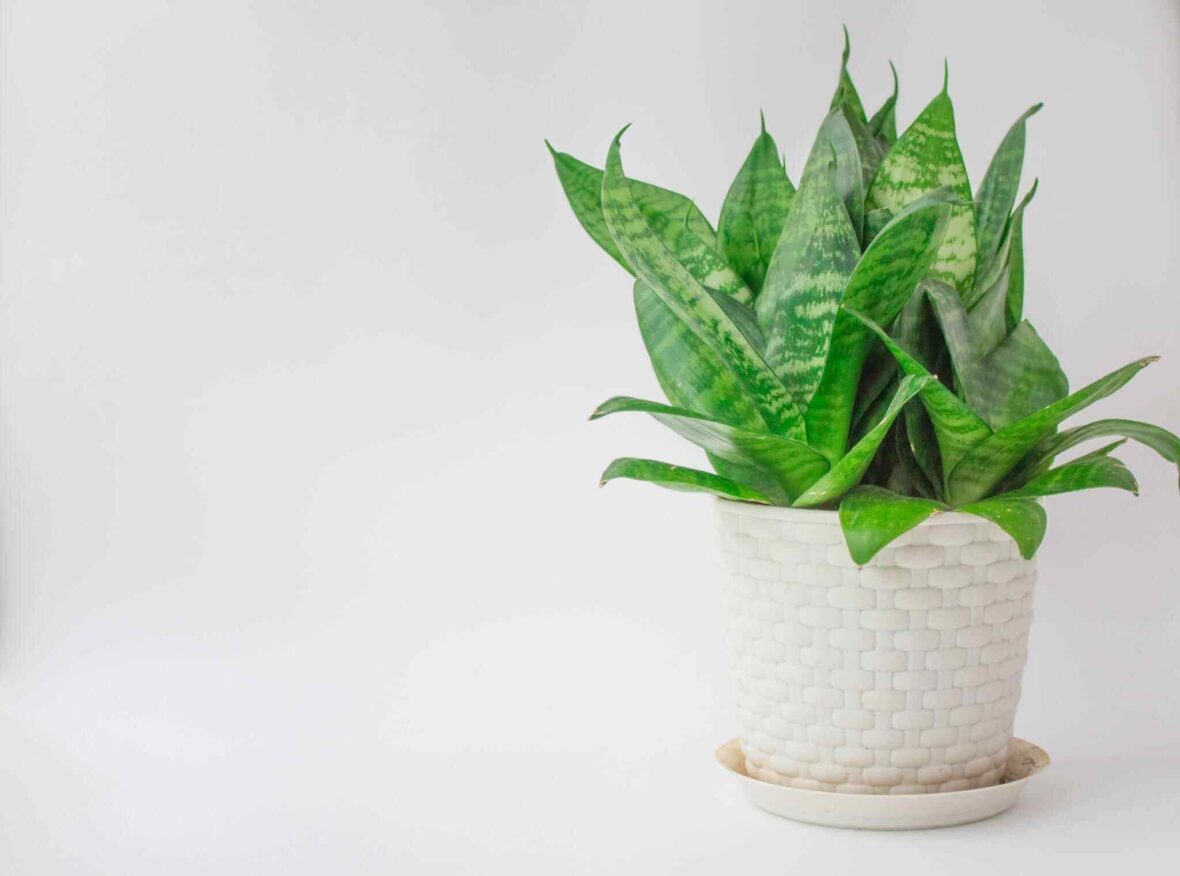If you’re a plant lover and a traveller too, you might know the struggle of keeping them alive while you’re away, discovering the world. Although sometimes you can ask your friends and relatives to care for them, they won’t always have sufficient time. So, as a solution for your plants to be in adequate condition while you travel, we have a few tips you could try to maintain your plants.
Contents
1. Adjust The Light And Temperature
Light is crucial for a plant, but not all of them require the same amount of sunlight. Plus, as your plant receives more light, it will also need more water, so you must find the balance between these two elements. Here are some of the plants that love being bathed in sunlight:
- Aloe Vera
- Jade Plant
- Snake Plant
- Hibiscus
- Jasmine
For these plants to survive and avoid wilting, you can move them a little bit further away from a direct source of natural light. Also, to ensure the heat and light from the windows don’t dry the soil, you can place your plants somewhere in the middle of the room, but you can also put a sheer curtain over the window if you can’t move them somewhere else. A useful tip would be to get planters on wheels to move your plants around your home (or garden) without fear of hurting them.
But other plants thrive in the darkness, such as:
- Chinese Evergreen
- Dracaena
- English Ivy
- Peace Lily
- Spider Plant
These plants don’t require much care since you can just water them and leave them in their place. However, for any type of plant you have, you should turn off the air conditioning or heating systems while you’re off because the lack of humidity in the air (or the abundance) might affect your plants while you’re not there to check their situation.
2. Maintain Proper Moisture

Depending on the period you’re away, it’s best to water your plants before your departure. But be wary of watering only the plants with dry or mostly dry potting soil, and drain the excess water from your plants so that the soil is moist enough to sustain them without exposing them to pests or root rot.
Maintaining moisture in your plants also depends on the season you’re in. For example, when plants grow slower in winter, they might need less watering (if they’re drought-tolerant, they don’t need any), but the torrid weather during summer requires plants to use more water to survive. At the same time, your plants might need a soil change, especially in the early spring season when they’re actively growing. You could also change their flower pots and invest in some sustainable and durable options.
Here are other tips on maintaining moisture:
- Add mulch or wood chips on top of the plant’s soil to help it stay moist for longer;
- Water the plant and then cover it with a plastic bag to create a small greenhouse;
- Set your planter on top of a tray filled with water and rocks to increase humidity;
- Move your plants to the bathroom;
- Look into self-watering systems with empty bottles or capillary wicks
3. How To Water Your Plants Passively
There are a few solutions for self-watering when it comes to caring for your plants, and we’ll present you two of them, which are easy to make and effective enough to keep your plants healthy for a certain period. The first is a traditional method for which you’ll need a large water container and some cotton rope (it should be long enough to reach the space between the water container and the plant’s soil).
One end of the rope should be placed several inches below the surface of the soil but not close to the roots―, while the other should be inside the filled water container. As the cotton rope wicks small quantities of water, the moisture level will be constantly maintained. The second method is a DIY drip system.
You’ll need an empty plastic bottle and drill a few drainage holes close to its top. Then, you want to turn it upside down and plunge it into the soil deep enough that the holes are covered. This way, the water will slowly leak out of the bottle, and your plant will remain lively for some time. You could use a smaller or larger water bottle depending on how big or small the plant is or how much water it needs.
4. Ditch The Fertiliser For A While
If you usually use any type of fertilizer for your plants, keep in mind that you should avoid using it before you go on your trip because it will increase the rate of plant growth, which will lead to the need for more water and light. You should aim for your plants to grow as slowly as possible while maintaining their structure. Although plants absorb the fertiliser through their leaves, and you may think this is a solution for keeping them alive (or ensuring humidity), the solution will only boost the plants.
Their needs will increase, so think about this thoroughly before leaving the house. However, if you just changed your plant’s soil and want to make it richer in nutrients, you could just make some compost, known for its nutrients and properties provided for plants, but it doesn’t make them grow rapidly. This is because all organic matter needs some time to break down before the plant can benefit from its nutrients, so you can use products that are already available on the market, or you can prepare your own. You can create a mix of fruit scraps, coffee grounds, eggshells, dry leaves, and even shredded newspaper.
Wrapping Up
Taking care of your plants while you’re traveling for a few days or more than a week might be challenging, especially if you don’t have anyone to check their condition from time to time. However, don’t worry about it because the tips discussed previously will definitely keep them alive and nourished.




